
The past and present of Lora/LoraWAN in Makerfabs
Obviously, the world is a global village, and people need to communicate, participate virtually in projects and activities, and perform tasks remotely. Therefore, there is a need for the Internet, multimedia, and most critically, wireless communication networks. Using wireless technology, people can share data, voice, pictures, and even play videos quickly. Services such as television, radio, cell phones, wireless technology makes live meetings possible. This shows how wireless communication systems have become an integral part of everyday human life.
There are many wireless technologies available today, and as technology advances and human needs evolve, there may be more in the future.
Current types of wireless technology :
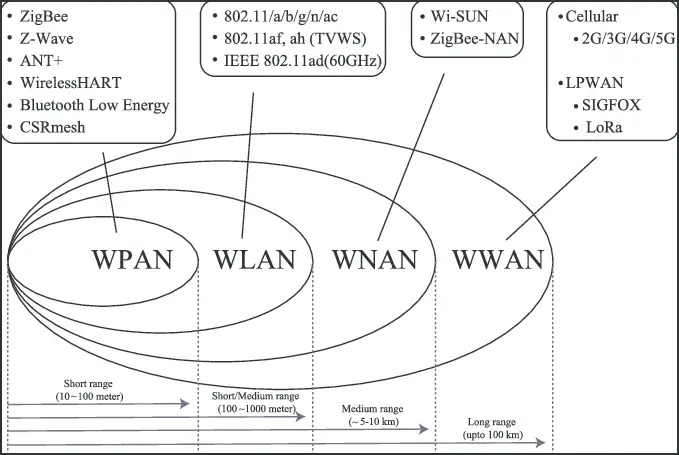
Usually people select the right tech for different applications, includes :
- Data rate& volume;
- Power supply status, if there stable external power supply;
- Cost
- Communication Distance
- Requests on stability
- etc..
Part 1. LoRa& LoRaWAN

- LoRa
LoRa is an exciting technology that stands for Local Simple Point-to-Point Communication. It acts as the Physical layer in OSI, allowing the sender to transmit signals and the receiver to receive them with ease. LoRa is the perfect solution for applications that require low-rate local point-to-point communication, covering distances of a few kilometers. With its reliable and efficient performance, It is the ideal choice for communication needs.
The main advantages of LoRa are its long-range capability and its affordability. Data can be transmitted at a longer range compared to technologies like WiFi, Bluetooth or ZigBee. These features make LoRa well suited for sensors and actuators that operate in low power mode.
- LoRaWAN
LoRaWAN is a point-to-multipoint network protocol based on Lora technology , serves as the Network layer in OSI and is an excellent choice for networks that require internet access. A router is required to manage these tasks and provide internet access. Just like a local WIFI network, LoRaWAN manages coordination, addressing, and exception handling. But, thanks to the extended range of LoRaWAN, there are public LoRaWAN routers available, eliminating the need for individual installations. This is similar to using a WIFI router in your neighborhood or a phone registering on a station.
The main advantages of LoRaWAN can be listed as follow :
1. Ultra low power: LoRaWAN end devices are optimized to operate in low power mode and can last up to 10 years on a single coin cell battery.
2. Long range : LoRaWAN gateways can transmit and receive signals over a distance of over 20 kilometers in rural areas and up to 5 kilometers in dense urban areas.
3. High capacity : LoRaWAN Network Servers handle millions of messages from thousands of gateways.
4. Low cost : Minimal infrastructure, low-cost end nodes and open source software.
5. Ecosystem : LoRaWAN has a very large ecosystem of device makers, gateway makers, antenna makers, network service providers, and application developers.
Part 2. LoRaWAN vs. Other IoT Wireless Technologies :
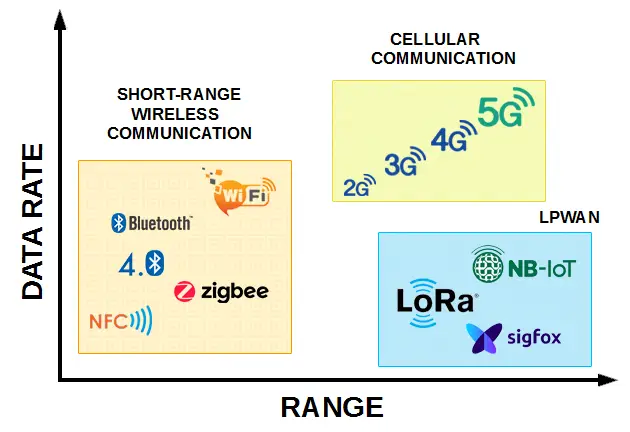
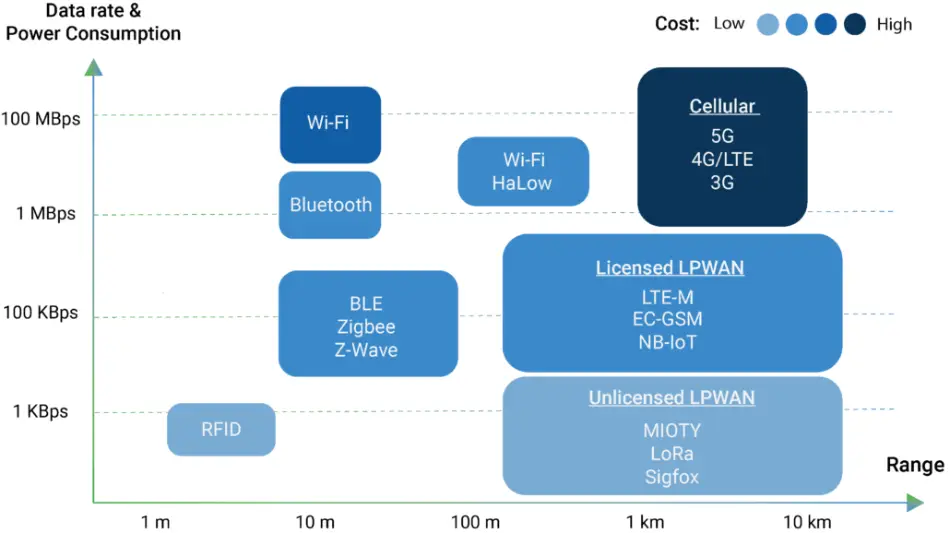
- LoRaWAN vs. 5G wireless technology
5G is better than LoRaWAN, ideally, 5G will be able to send more data faster and easier. However, building the infrastructure required for 5G will take time and significant investment before it becomes a viable option.
On the other hand, LoRaWAN has been the network of choice for IoT devices, especially in industrial settings. These devices can reliably send very small packets of data, from temperature to humidity.
- LoRaWAN vs. Bluetooth Wireless Technology
A key point in the LoRa vs. Bluetooth is that both are key drivers in the IoT world. In fact, each can be easily integrated together for better functionality. While Bluetooth tends to consume less power than Wi-Fi and LTE, it's still more power hungry than LoRa. And more important, LoRa has much longer distance than Bluetooth.
- LoRaWAN vs. LTE-M Wireless Technology
LTE-M, like any other cellular network, has matured. The network has great data throughput, but it lags behind in terms of battery life. LTE-M is also complicated to roll out, making it unsuitable for rapid deployment projects.
LoRaWAN, on the other hand, is easy to deploy. Even better, the technology has longer battery life and is designed for IoT devices.
- LoRaWAN vs. Wi-Fi Technology
The best way to describe LoRa vs. Wi-Fi difference is to go back to basics. While Wi-Fi is superior in terms of bandwidth, it suffers in terms of battery life and range. Most networks may struggle to get past 15 meters, making them unsuitable for decentralized IoT devices.
In contrast, LoRa's low power consumption and long range make it ideal for these devices such as agriculture monitoring/ golf course Management…
Part 3. Makerfabs LoRa& LoRaWAN products
As open hardware designer/manufacture, Makerfabs has been in developing LoRa& LoRaWAN products for a long time, include :
1. LoRa : LoRa open hardware modules for Makers
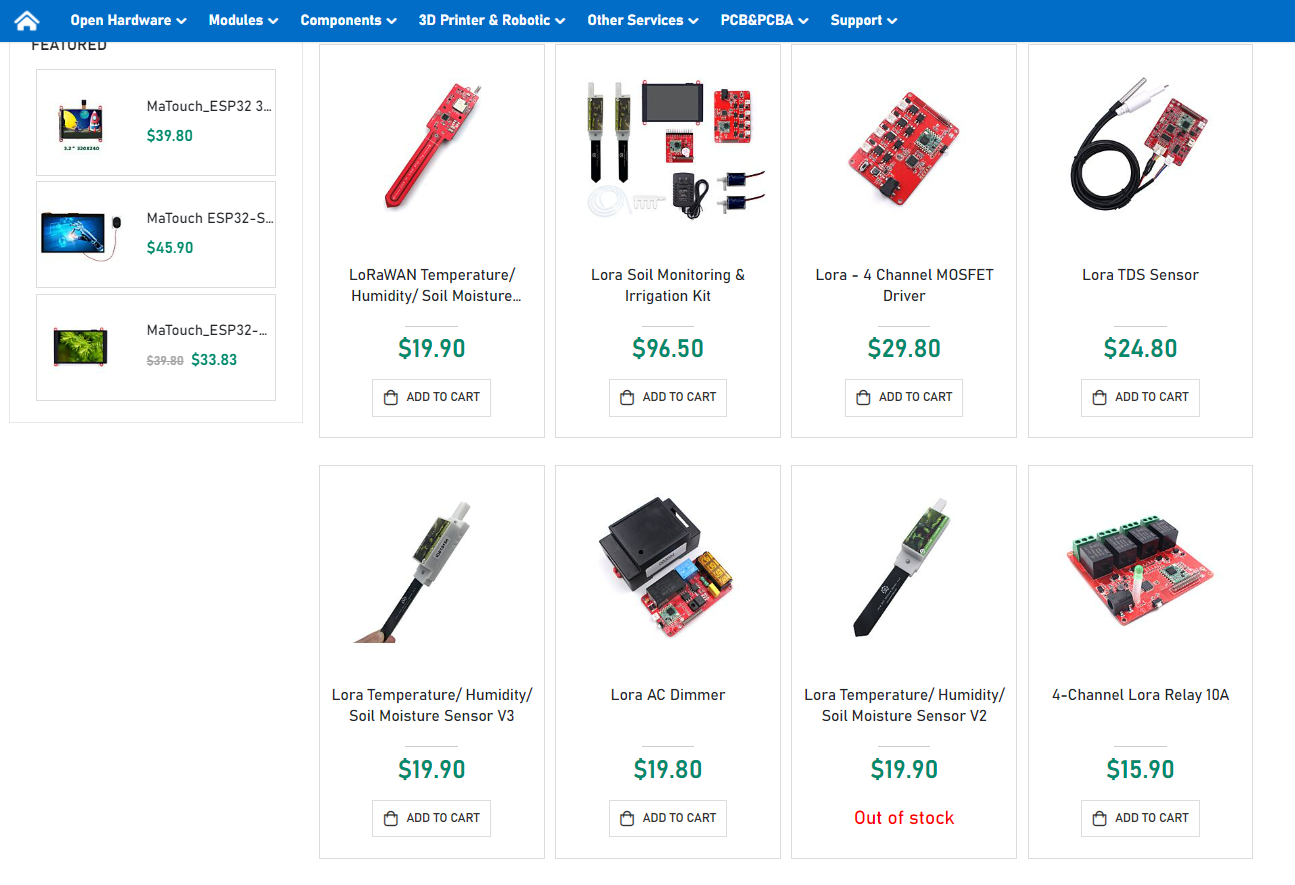
MaLora is Makerfabs LoRa modules for Makers/ DIY, include kinds of modules such as relay/MOSFET driver/TDS/AC dimmer, mainly they are based on Arduino platform, they can send/ receive LoRa signals to complete the related functions, usually they need to users coding. Makerfabs provides basic usage demo for users’ reference;
2.Lora : SenseLora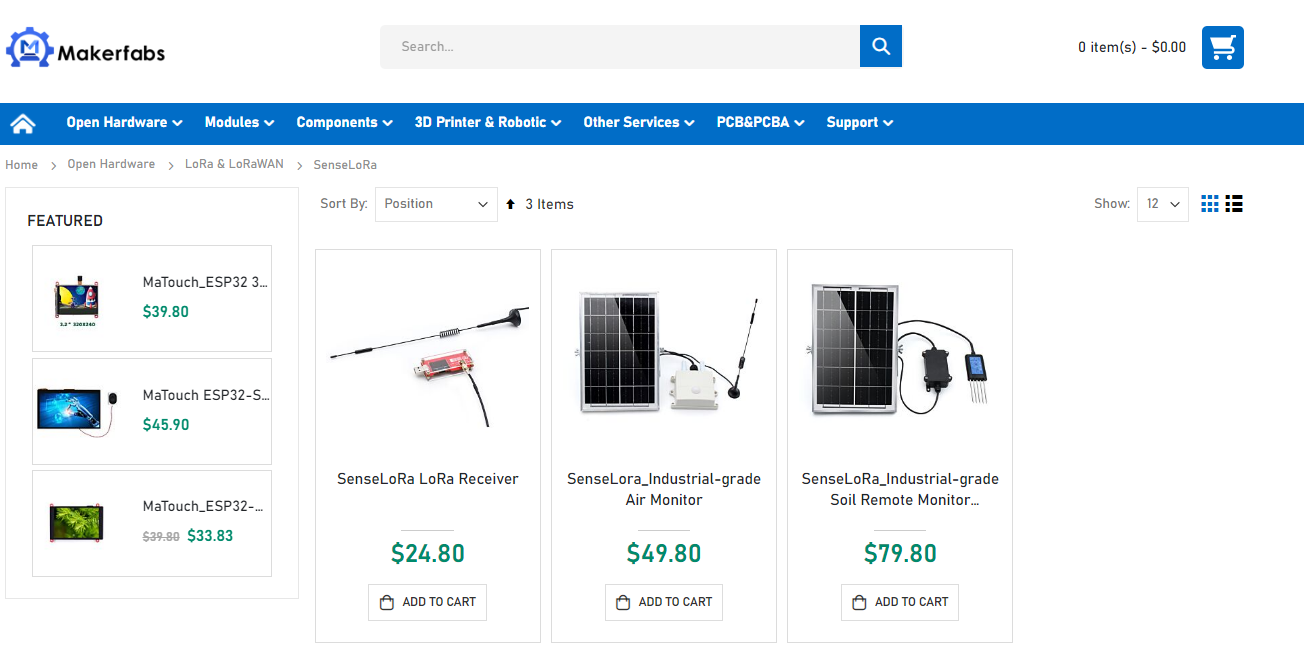
SenseLora is dedicated to provide a solution for users to monitor the farm/garden/greenhouse, monitoring soil/ air/ light status wirelessly, it integrated water-proof case/ Lipo battery/Solar panel, to create a ready-to-use wireless monitoring system. Users can receive the result data remote in house, with max 3~4 kilometers, and monitor/record them with a simple PC.
3. LoRaWAN : Development board
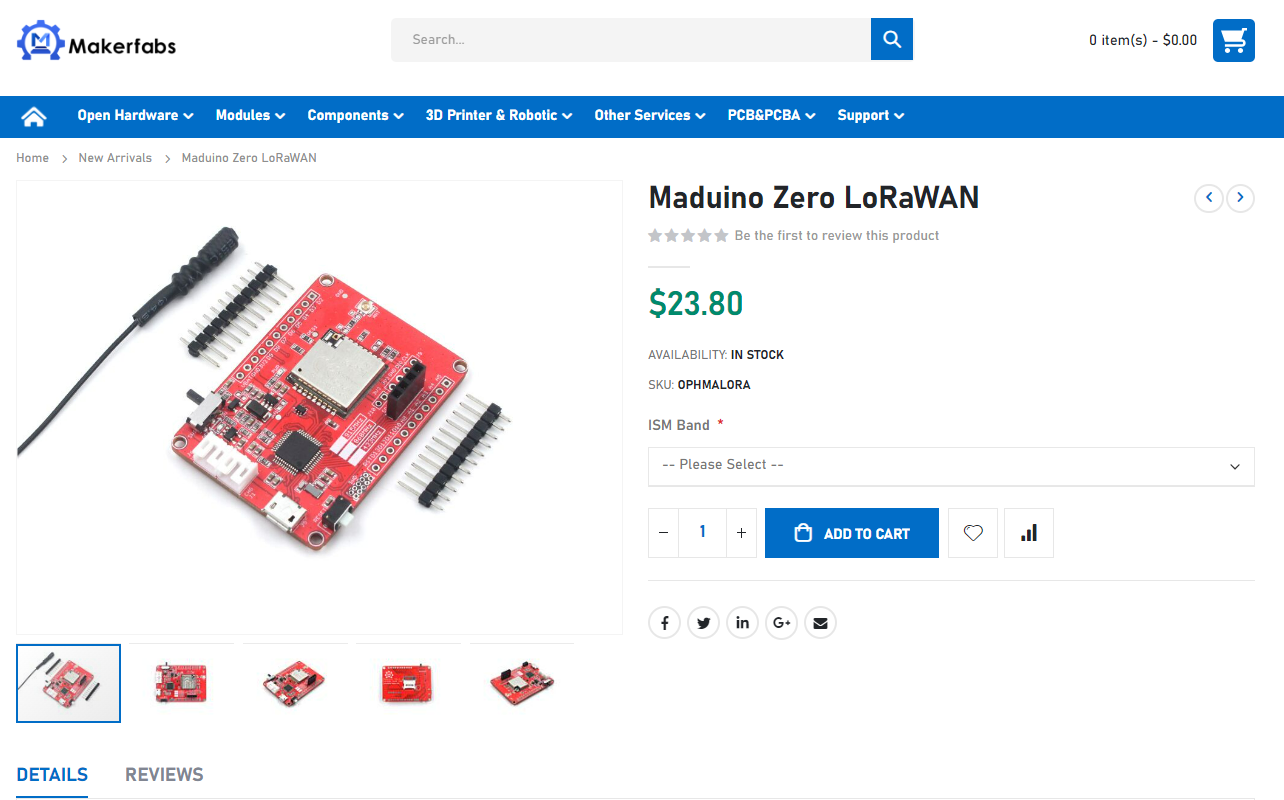
Maduino LoRaWAN is an Arduino-based LoRaWAN development board, with LoRaWAN module RA08H, for the users to learn/study LoRaWAN basic tech;
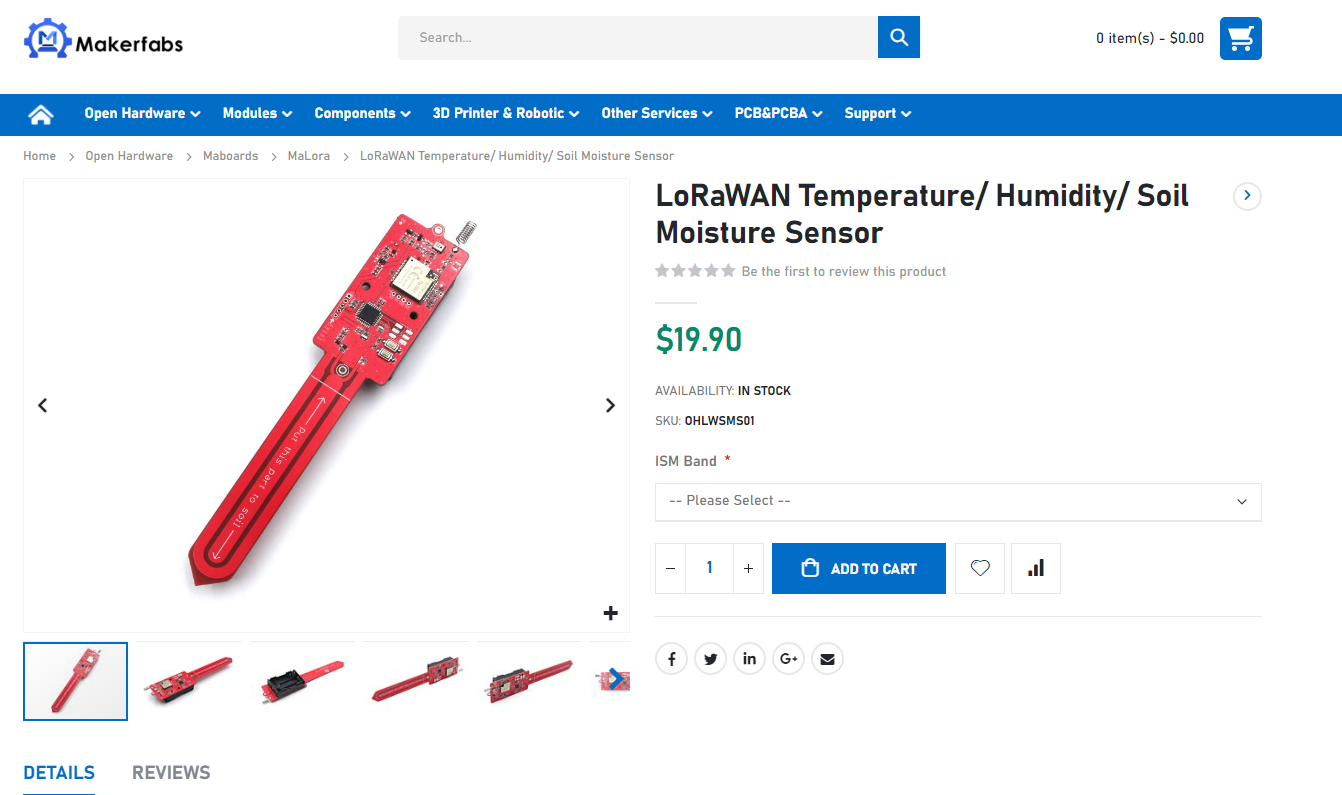
LoRaWAN moisture sensor is based on Atmega328P, Makerfabs provided firmware, users can easily modify the firmware(mainly the Appkey/ AppEUI/ DevEUI ) to create a LoRaWAN moisture monitoring system easily.
4. LoRaWAN Nodes
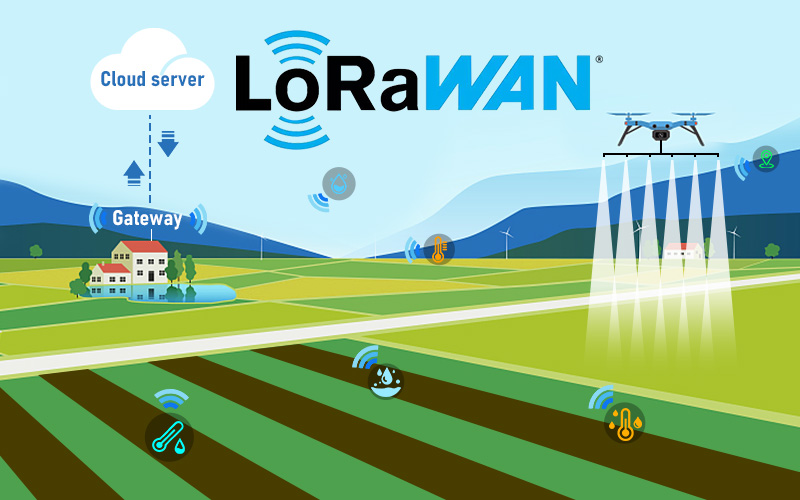
Makerfabs New LoRaWAN nodes is target to the end-users, it features :
- Low cost : with Makerfabs fantastic cost management, compares to other LoRaWAN sensors on the market, we can make its end price 60%~70%;
- Water-proof;
- Strict Power Control : Makerfabs’ engineer took strict power management, the average only few mA;
- Long distance : Makerfabs promise 3km distance;
- DevEUI Got an authorization code from IEEE.

By 2024/3/1, Makerfabs has been completed all the design works, include :
- Soil status
- GPS
- Air Temperature& humidity
- Atmospheric pressure
- Ligt intensity
- Industry-level temperature sensing
Makerfabs LoRaWAN nodes will be released for order about 20th ,March, and there will be much more kinds in the coming month..
Please Stay tuned for Makerfabs.



 Previous
Previous 



